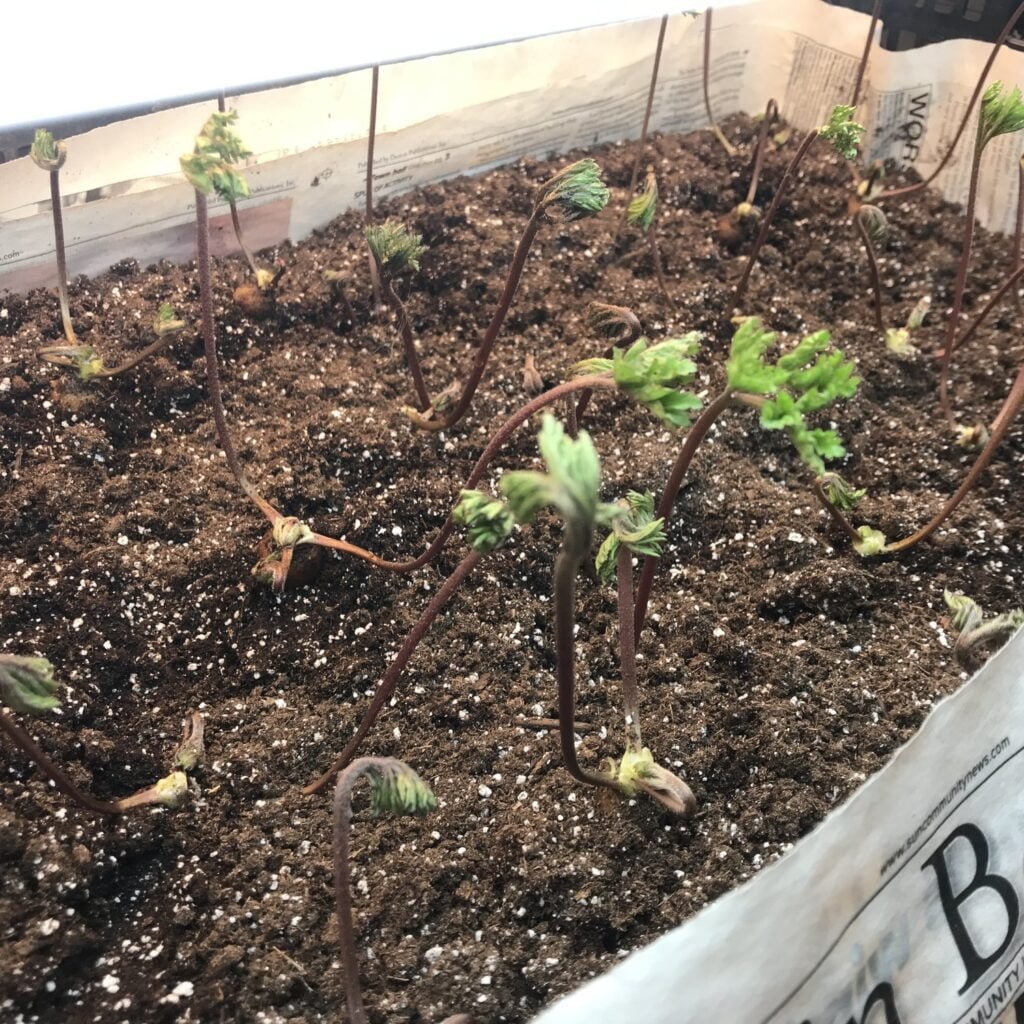Discover the beauty and charm of Anemone Flowers with this comprehensive care guide. Learn how to plant, nurture, and enjoy these delicate blooms in your garden or home, while also exploring their fascinating history and symbolism.
Anemone flowers are a true delight for any gardener or flower enthusiast. With their delicate petals and vibrant colors, these blooms add a touch of elegance and charm to any setting. Whether you’re planting them in your garden or enjoying them as cut flowers, anemones are a stunning addition that’s sure to capture the hearts of all who lay eyes on them. In this comprehensive guide, we’ll explore the fascinating history and symbolism of anemone flowers, as well as provide you with step-by-step instructions on how to care for them, ensuring they thrive and bring joy to your home or garden.
A Brief History and Symbolism

Before we dive into the care and cultivation of anemone flowers, let’s take a moment to appreciate their rich history and symbolic significance. The name “anemone” is derived from the Greek word “anemos,” meaning wind, as these flowers were believed to open their petals only when the wind was blowing.
In Greek mythology, anemones are closely tied to the tragic love story of Aphrodite and Adonis. According to legend, these vibrant blooms sprang from the tears shed by Aphrodite as she mourned the death of her beloved Adonis. As a result, anemones have come to symbolize enduring love, anticipation, and a feeling of forsaken love.
Planting Anemone Flowers
Anemone flowers are a versatile choice, thriving both in garden beds and containers. When planting them in your garden, choose a spot that receives full sun to partial shade and has well-draining soil. Anemones prefer cooler temperatures, making them an ideal choice for early spring or fall planting.

Preparing the Soil Before planting, it’s essential to prepare the soil properly. Anemones flourish in a loose, fertile soil that’s rich in organic matter. Amend your garden bed with compost or well-rotted manure to improve soil structure and fertility.
Planting Depth and Spacing When planting anemone tubers or rhizomes, follow the general rule of planting them at a depth of two to three times their height. For example, if your tuber is 1 inch tall, plant it 2-3 inches deep. Space the tubers or rhizomes 6-8 inches apart, allowing room for their spreading habit.

Watering and Mulching After planting, water the area thoroughly to settle the soil around the tubers or rhizomes. Anemones prefer consistent moisture, so be sure to water them regularly, especially during dry spells. Once the plants are established, apply a 2-3 inch layer of mulch around the base to help retain moisture and suppress weeds.
Caring for Anemone Flowers
With the proper care and attention, anemone flowers will reward you with their stunning blooms and lush foliage. Here are some tips to help your anemones thrive:
Watering : Anemones have a relatively high water requirement, especially during their active growing and blooming period. Water them deeply, ensuring the soil remains consistently moist but not waterlogged. Avoid letting the soil dry out completely, as this can cause the plants to go dormant prematurely.
Fertilizing : To promote healthy growth and abundant blooms, feed your anemone plants with a balanced, water-soluble fertilizer every 4-6 weeks during the growing season. Follow the manufacturer’s instructions for proper application rates.

Deadheading : Regularly deadheading spent blooms encourages the plant to produce more flowers. Simply snip off the faded blooms at the base of the stem, being careful not to damage any developing buds or foliage.
Dividing and Transplanting : Anemone plants can be divided every 2-3 years to maintain vigor and prevent overcrowding. Divide them in early spring or fall, carefully separating the tubers or rhizomes and replanting them at the recommended depth and spacing.
Overwintering : In colder climates (USDA Hardiness Zones 7 and below), anemones may need to be overwintered indoors or protected with a thick layer of mulch. Once the foliage dies back in late fall, carefully dig up the tubers or rhizomes and store them in a cool, dry place until the following spring.

Enjoying Anemone Flowers Indoors
In addition to their beauty in the garden, anemone flowers make excellent cut flowers for indoor arrangements. When cutting anemones, choose stems with buds that are just starting to open, as these will continue to bloom and last longer in a vase.
Cutting and Conditioning : Use sharp, clean scissors or pruners to cut the stems at an angle, removing any foliage that would be submerged in the vase water. Immediately place the cut stems in clean, lukewarm water and allow them to condition for a few hours before arranging.

Arranging and Displaying : Anemone flowers pair beautifully with other seasonal blooms, such as tulips, daffodils, or ranunculus. Arrange them in a clean vase filled with fresh, lukewarm water and a floral preservative to extend their vase life. Display your anemone arrangement in a cool, well-lit area, away from direct sunlight and drafts.

Changing the Water : For maximum longevity, change the vase water every few days, removing any wilted or spent blooms. This will help prevent bacteria buildup and keep your anemone flowers looking fresh and vibrant.
With their delicate beauty and rich symbolism, anemone flowers are a true treasure in any garden or home. By following these care and cultivation tips, you can enjoy their charm and elegance for years to come, creating lasting memories and adding a touch of natural beauty to your surroundings.
Pingback: Toffee Brown Roses for a Rustic, Warm Look -
Pingback: 14 Bulbs To Plant This Fall For Beautiful Blooms Next Spring -
Pingback: 35 Awesome Flowers : that start with A - Gardener's School